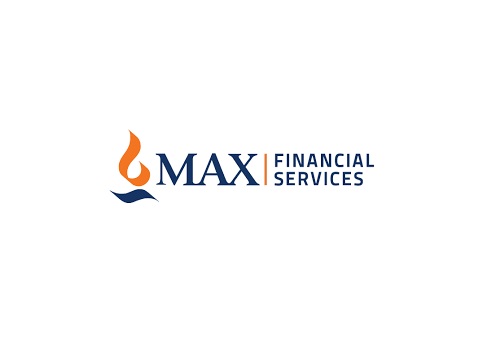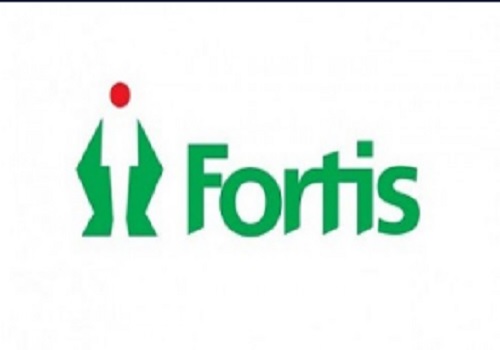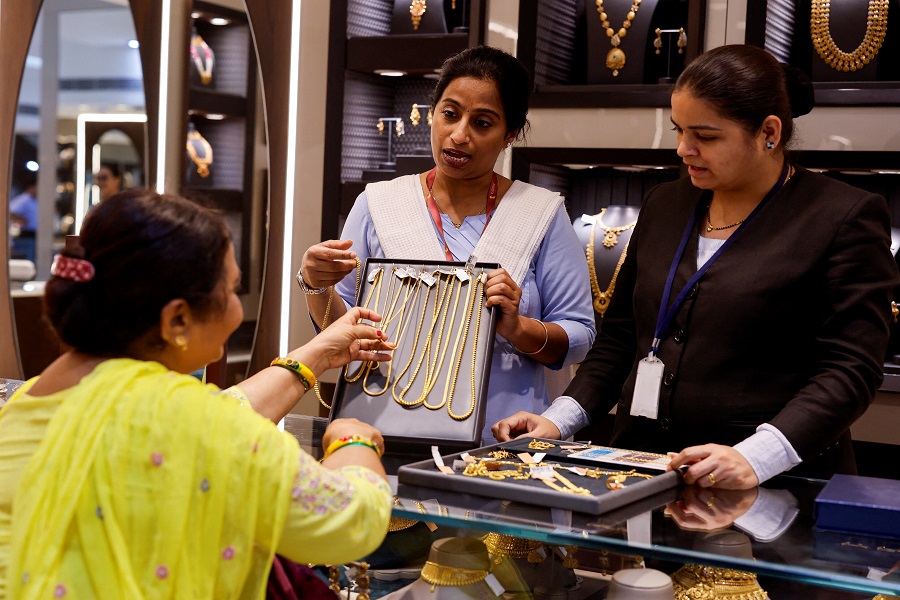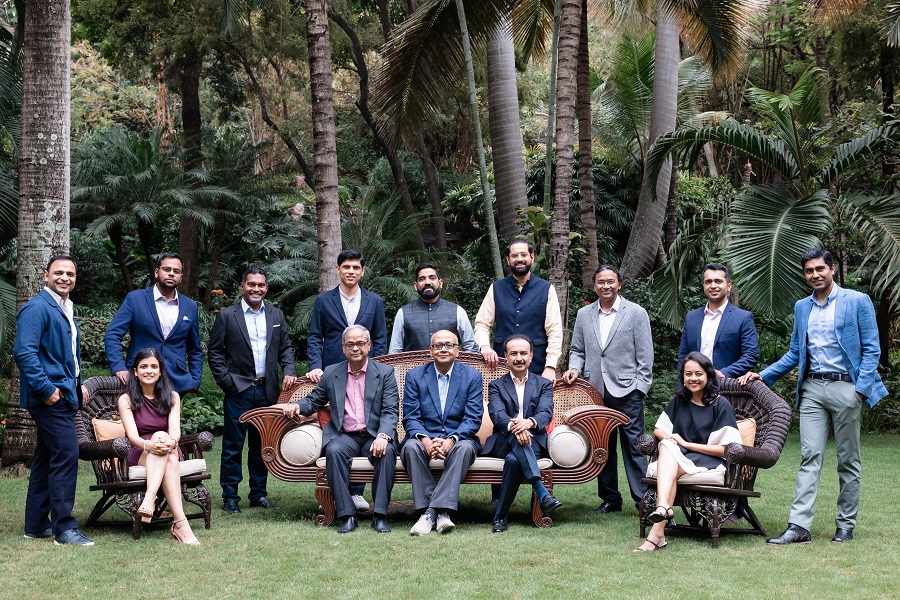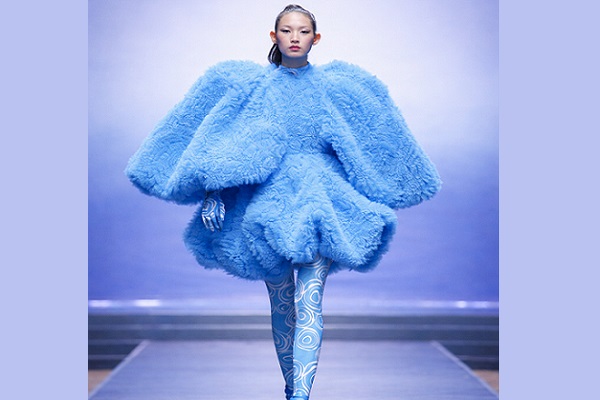The Rise of Gender-Neutral Fashion: Breaking Boundaries in the World of Style

In recent years, gender-neutral fashion has emerged as a powerful movement, reshaping the fashion industry and challenging traditional notions of gender and style. This progressive trend blurs the lines between men's and women's clothing, allowing individuals to express themselves authentically without being confined to societal expectations.
What is Gender-Neutral Fashion?
At its core, gender-neutral fashion is about breaking free from the restrictive boundaries that typically categorize clothing as either “men’s” or “women’s.” It emphasizes clothing that can be worn by anyone, regardless of gender, and promotes inclusivity and self-expression. These designs are often minimalist, versatile, and comfortable, aiming to cater to a broad range of body types and identities.
The Growth of Inclusivity in Fashion
Over the years, fashion has made significant strides in becoming more inclusive. Designers are increasingly creating collections that reflect a diverse range of gender identities. The rise of gender-neutral fashion reflects a cultural shift where people are no longer forced to conform to rigid gender roles in their clothing choices. It's about providing an opportunity for everyone to dress in ways that make them feel confident and true to themselves.
Key Factors Driving the Trend
-
Cultural Shifts: The modern world is moving toward greater acceptance of diverse gender identities. Social media, celebrity culture, and activism have all played a role in normalizing gender fluidity. As people embrace non-binary and gender-fluid identities, the demand for clothing that suits everyone has grown.
-
Fashion Industry's Response: Major fashion houses and designers, including Gucci, Balenciaga, and Telfar, have launched unisex collections that cater to a broader audience. High-street brands like Zara and H&M have also responded with gender-neutral lines, reflecting the growing mainstream acceptance of the trend.
-
Celebrity Influence: Icons like Harry Styles, Billy Porter, and Zendaya have been influential in breaking down the traditional gender norms in fashion. These stars have confidently embraced gender-fluid clothing, often appearing on red carpets in outfits that challenge conventional expectations.
-
Technology and Sustainability: Gender-neutral fashion often overlaps with the growing emphasis on sustainable fashion. The idea of creating versatile, long-lasting pieces that anyone can wear aligns with a more eco-conscious approach to clothing. Additionally, 3D printing and other technologies are enabling more personalized, unisex designs that reduce waste and promote inclusivity.
What Does This Mean for the Future?
As the demand for gender-neutral fashion continues to rise, we can expect even more innovation within the industry. From new fashion technologies to collaborations between major designers and inclusive fashion brands, the boundaries of style will continue to evolve. This movement also signals a shift toward embracing authenticity, with people choosing to wear what feels right for them, rather than adhering to labels.
Conclusion
Gender-neutral fashion is not just a trend; it is a reflection of a world that is becoming more inclusive, open-minded, and forward-thinking. As we move towards a future where self-expression knows no bounds, the rise of gender-neutral fashion is a significant step towards making fashion a universal language for everyone.
